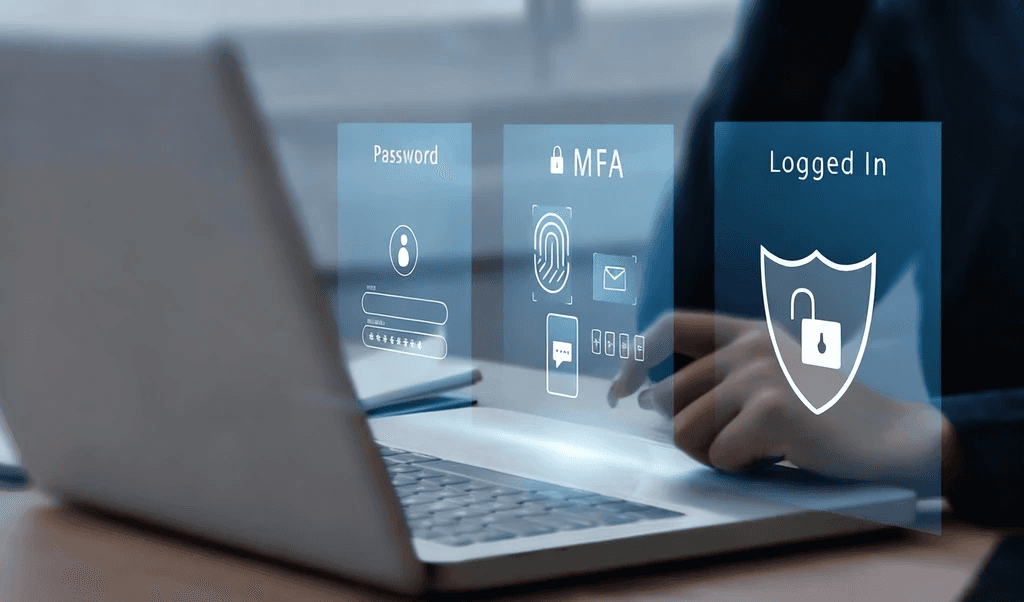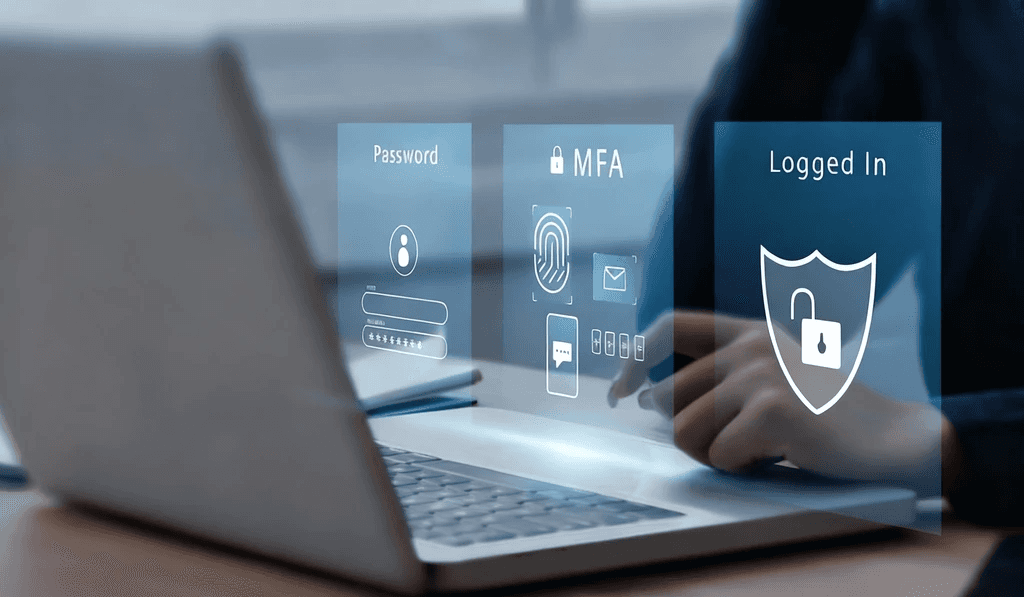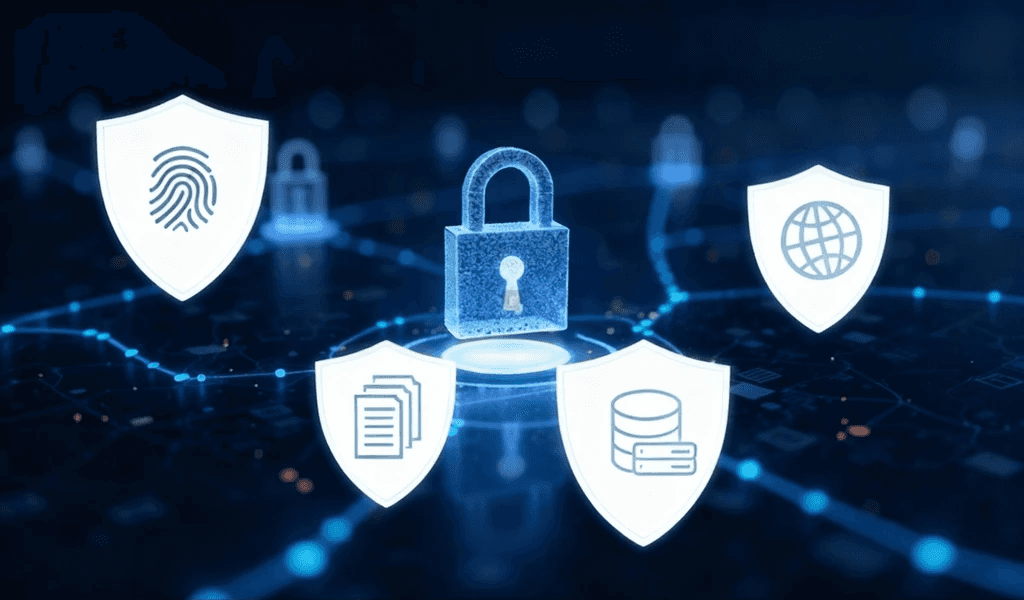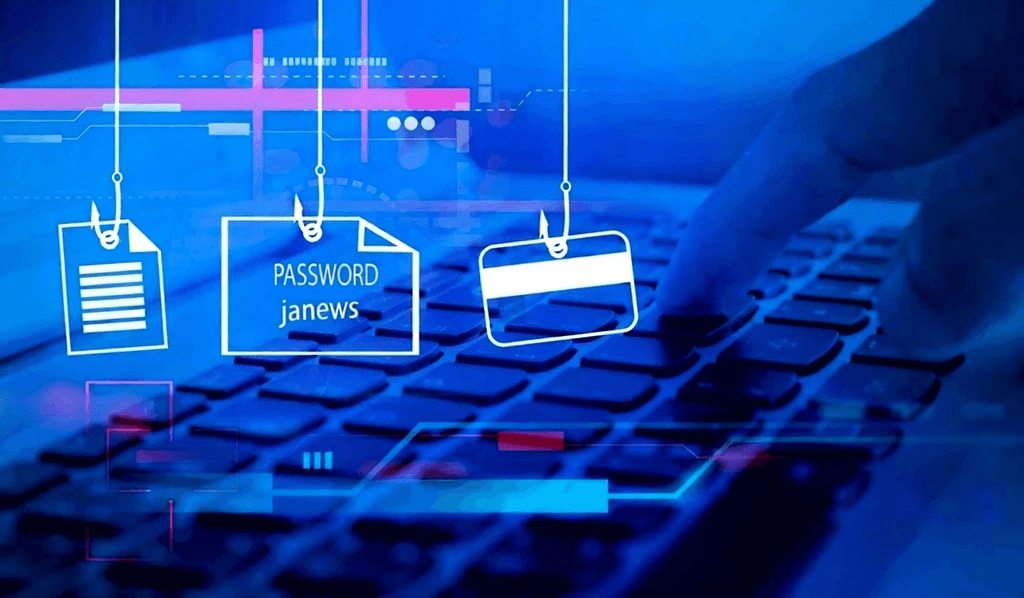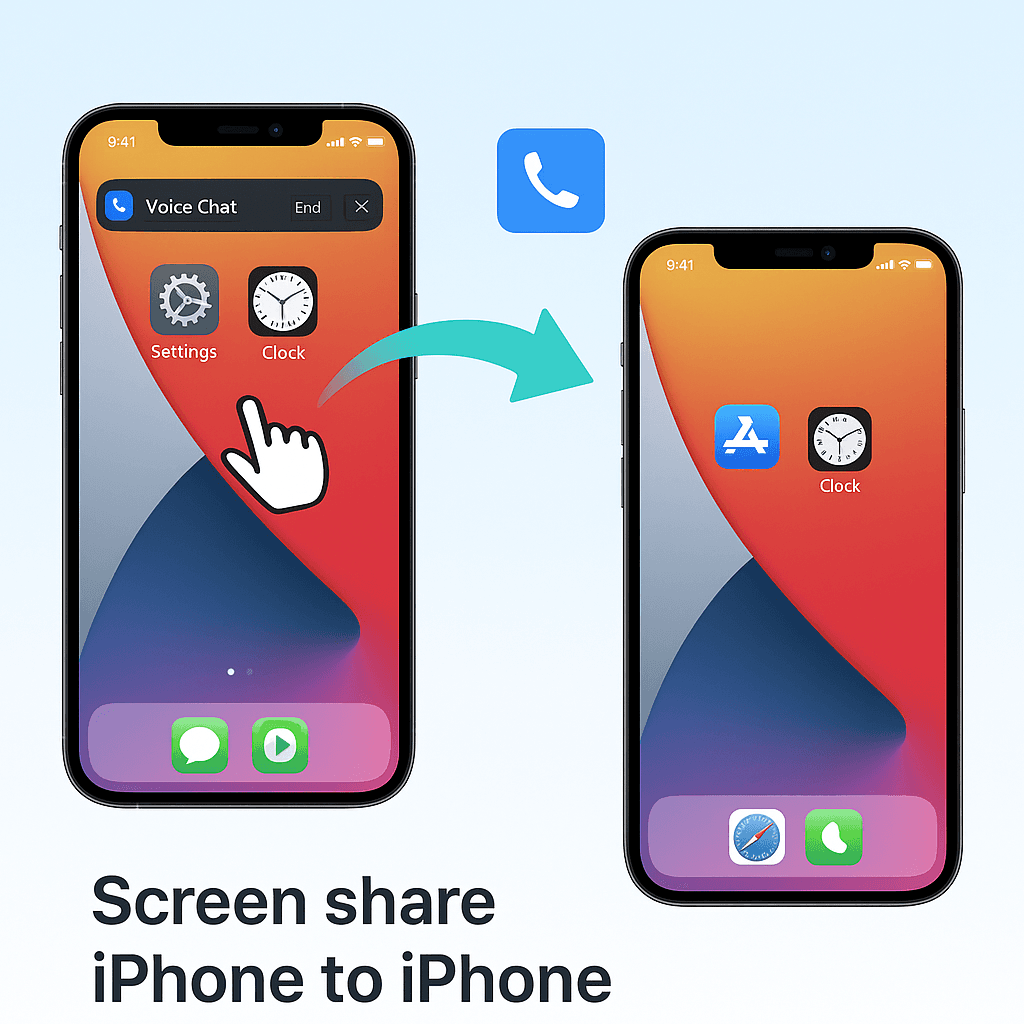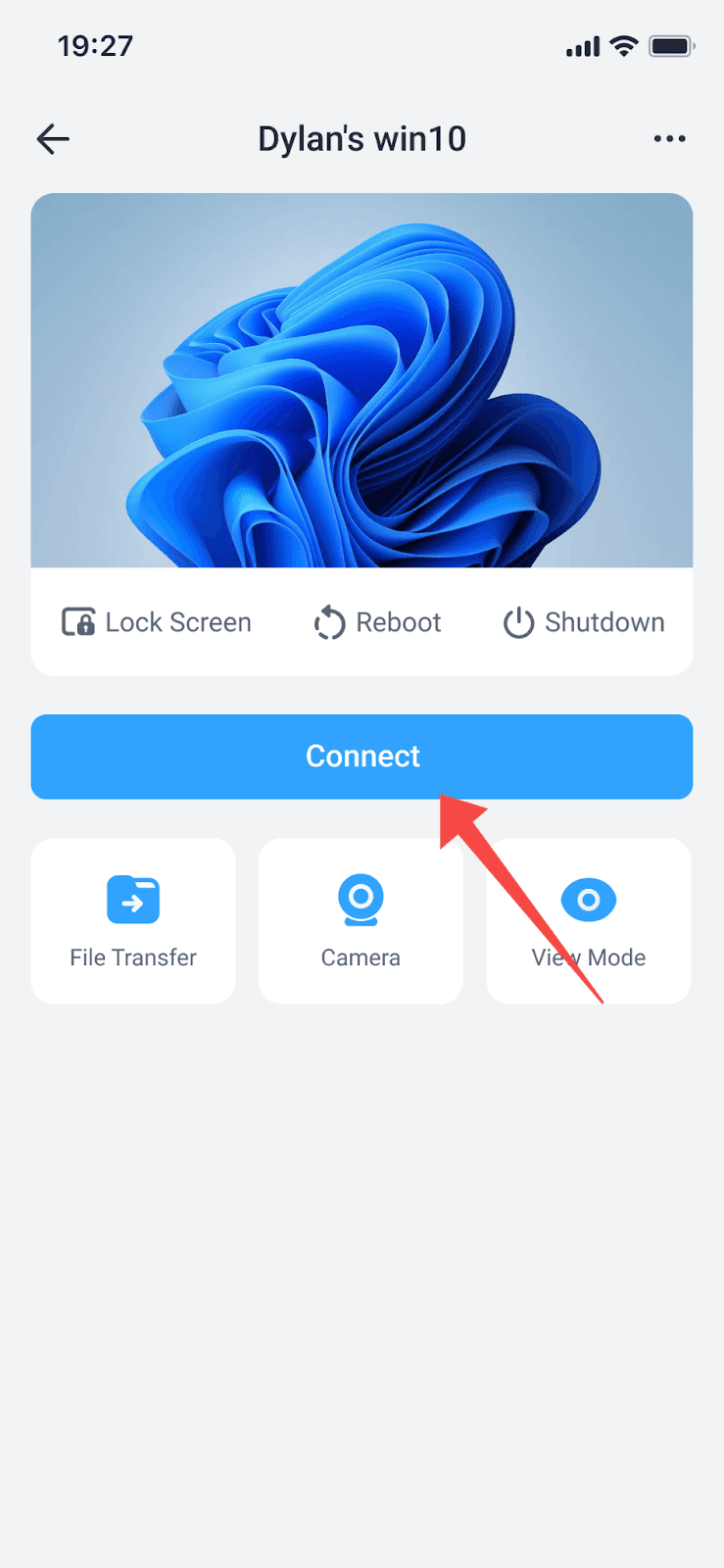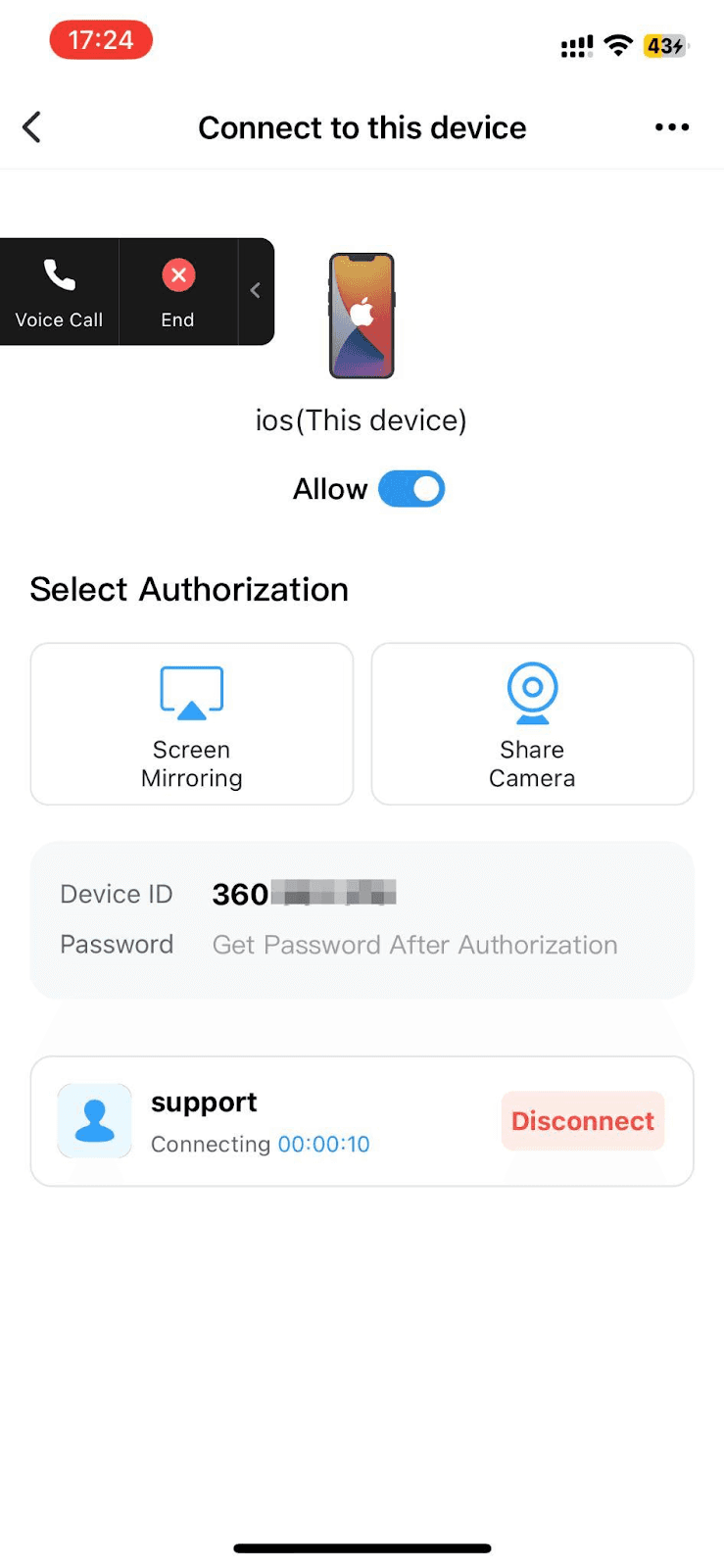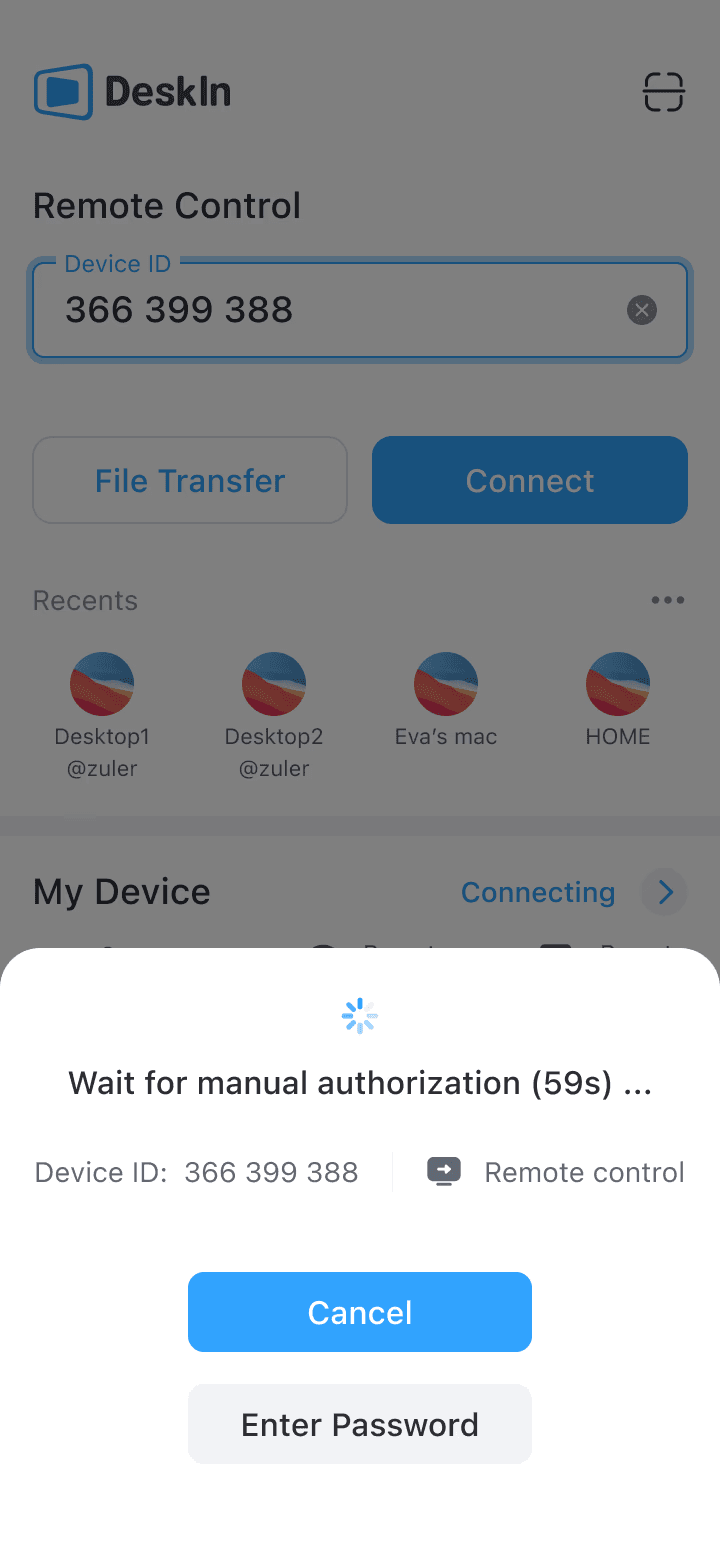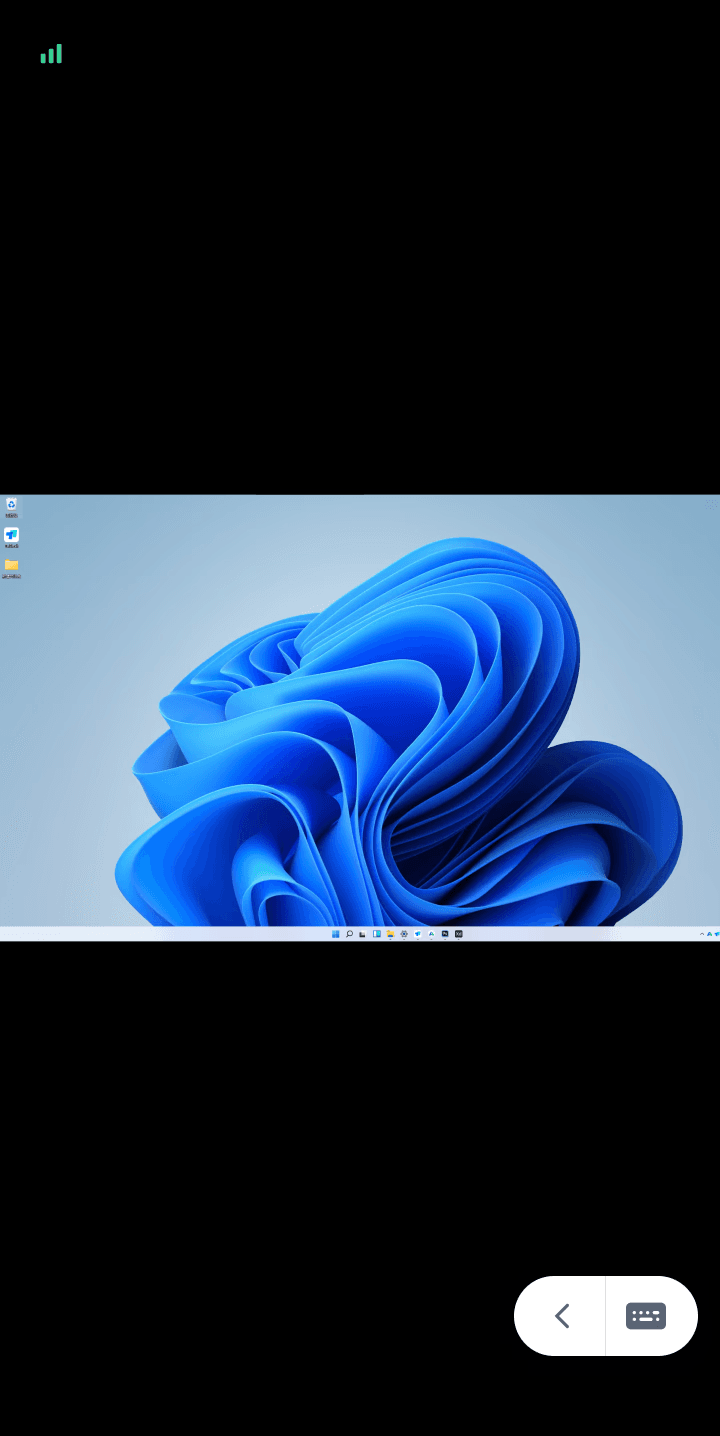ファイルの共有、仕事の効率を拡大、一方のPCへリモートアクセス、または古いノートパソコンを再び活用する方法について考えたことはありますか?あなたは一人ではありません。Redditのスレッドやテックフォーラムで、ユーザーは2台のコンピュータをつないで、より便利に制御するための実用的な方法を常に探しています。
同じネットワーク上で2台のWindows PCを接続したり、ノートパソコン間でデータを転送したり、一方のマシンを使って他方をリモート管理したりしたい場合、LANケーブルやリモートアクセスツールなど、さまざまな方法があります。ここでは、設定に最適な方法を選ぶ手助けをします。
2台のコンピュータを直接接続するための簡単で手軽なツールをお探しですか?DeskInを試してみてください!同じネットワークやハードウェアは必要ありません。ダウンロードすれば、右上のボタンをクリックしてすぐに接続を開始できます。
概要: 2台のPC接続の一般的な使用ケース
2台のコンピュータを接続することは、ただの技術愛好家の実験ではありません。日常のニーズに対する現実的な解決策です。人々が2台のPCをリンクする最も一般的な理由をいくつか紹介します。
PC間のファイル共有:USBドライブやクラウドストレージに頼らず、大容量のファイル、フォルダ、メディアを迅速に移動します。
リモートワーク & 多機器の生産性:一方のデバイスで他方を制御し、自宅から仕事のファイルにアクセスしたり、デジタルワークスペースを拡張したりします。
リモートサポート:友人や家族、同僚のコンピュータのトラブルシューティングをリモートで行い、時間を節約し、複雑な電話指示を避けます。
共同編集やゲーム:ローカルマルチプレイヤーゲームを遊んだり、LANセットアップ用にデバイスを同期したり、ラグなしで文書を共同編集します。
システムバックアップと移行:新しいコンピュータへのデータ転送や、重要なファイルをシステム間でローカルにバックアップします。
カジュアルユーザー、ゲーマー、または複数のデバイスで作業する場合でも、2台のコンピュータを接続することで強力な柔軟性と効率を解き放つことができます。
方法1. ネットワーク共有による2台のPCの接続
2台のコンピュータが同じWi-Fiネットワーク上にある場合、ネットワーク共有を設定してファイルを転送したり、フォルダにアクセスしたり、プリンタを共有したりできます。これはWindows 10または11のワイヤレスでPCを接続する最も効率的な方法であり、特にローカルファイルの共有と共同使用に向いています。
この方法は同じネットワークにのみ適用されます。リモートで接続する必要がある場合は、DeskInを使用することをお勧めします(同じネットワークが必要なく、低遅延で迅速に接続できます)。

📌 重要:セキュリティを確保するために、パスワード保護されたWindowsアカウントを使用し、信頼できるユーザーにのみ共有フォルダのアクセスを制限してください。これらの設定を公共ネットワークで有効にすることは避けてください。
WiFiを介して2台のコンピュータを接続する詳細な手順は次の通りです:
ステップ1.両方のコンピュータが同じWi-Fiネットワークに接続されていることを確認します。
ステップ2.両方のPCで、「設定 > ネットワークとインターネット > 拡張ネットワーク設定 > 拡張共有設定」に進み、「ネットワークディスカバリー」と「ファイルとプリンタの共有」を「プライベートネットワーク」で有効にします。
ステップ3.共有したいフォルダを右クリックし、「プロパティ > 共有 > 共有」に進んで、ユーザーまたは権限を選択します。
ステップ4.2台目のPCで「ファイル エクスプローラー」を開いて「ネットワーク」をクリックし、最初のPCを見つけて共有フォルダを開きます。

方法2. Bluetoothを介した2台のノートパソコンのワイヤレス接続
小さなファイルを転送するだけで、継続的なアクセスが不要な場合、Bluetoothは2台のノートパソコンやPCをケーブルなしで接続するシンプルなソリューションです。ほとんどのモダンなWindowsデバイスに組み込まれており、インターネットアクセスを必要としません。
注意が必要なのは、Bluetoothはシンプルであるものの、大容量ファイル転送や継続的な使用には理想的でないことです。大容量ファイルを転送したり、高速が必要な場合は、DeskInを使用して、安全かつ迅速に大容量のファイルを転送することをお勧めします。しかし、速度が重要でない場合や、文書や画像をいくつか共有したい場合は最適です。使い方は以下の通りです。
ステップ1.「設定 > Bluetoothとデバイス」で両方のデバイスでBluetoothを有効にします。
ステップ2.一方のコンピュータで「Bluetoothまたはその他のデバイスを追加 > Bluetooth」をクリックし、表示された他方のPCを選択します。両側でペアリングコードを確認します。
ステップ3.ファイルを送信するには、右クリックして「送信先 > Bluetoothデバイス」を選択します。また、Windowsに組み込まれたBluetoothファイル転送アプリを使用することもできます。

方法3. LANケーブル(Ethernet)を使用して2台のコンピュータをリンクする
特に大容量ファイルの転送やローカルネットワークの作成において、2台のPC間で最も高速で安定した接続を実現するためには、Ethernet(LAN)ケーブルを使用することが最適です。インターネットアクセスを必要とせず、高速での性能を提供しますが、両方のデバイスへの物理的なアクセスが必要であり、基本的なIP設定の知識が要求されます。
LANケーブルを使用して2台のコンピュータを接続するための手順:
ステップ1.Cat5eまたはCat6 Ethernetケーブルを使用して両方のコンピュータを接続します。ほとんどの現代のPCは自動感知をサポートしているため、通常のEthernetケーブルで通常動作します。
ステップ2.両方のマシンで「設定 > ネットワーク > 拡張共有設定」を使用してファイルとプリンタの共有を有効にします。
ステップ3.IPアドレスを手動で設定します:
PC 1: IP = 192.168.0.1, サブネット = 255.255.255.0
PC 2: IP = 192.168.0.2, サブネット = 255.255.255.0
「コントロールパネル > ネットワークと共有センター > アダプターの設定を変更」を使用し、「Ethernetアダプター > プロパティ > IPv4」を右クリックします。
ステップ4.共有したいフォルダを共有し、「ファイル エクスプローラー > ネットワーク」で2台目のPCからアクセスします。操作が複雑すぎる、またはLANケーブルを見つけられない場合は、DeskInを使用して、簡単なプラグフリー操作をお試しください。


方法4.リモートアクセスの最適な解決策: DeskIn 🔥
従来のネットワーク共有やLANケーブルなどの方法は、固定された環境でうまく機能しますが、リモートワークや旅行、複数の場所でのコンピュータの管理といった柔軟な現代の使用ケースでは不十分です。Bluetoothは遅く、小さなファイルに限られ、LANやWi-Fi接続は多くの場合、両方のデバイスが物理的に近くにあるか、同じネットワークにいる必要があります。しかし、安全で迅速かつクロスデバイスのアクセスが必要な場合はどうでしょう?
そこで強力なサードパーティツールが登場します。DeskInは、複数のデバイス間のギャップを埋めるために設計された高性能なリモートコントロールとファイル転送アプリです。従来の方法の制限を超え、学生がノートパソコンで作業する、2台のPCを管理するゲーマー、ファイルやアプリにシームレスにアクセスする必要のあるプロフェッショナルなど、DeskInは安定性と使いやすさを備えたリアルタイムの制御とファイル共有を実現します。
📌 DeskInの主な機能:
真のリモートコントロール:どこからでもPCや第2のコンピュータにアクセスして制御する — LANや共有ネットワークは不要です。
高速ファイル転送:大容量ファイル(最大12MB/s)を安全に送信し、圧縮やサイズ制限なし。
クロスプラットフォームアクセス:Windows、macOS、Android、iOSデバイス間で完璧に動作し、コンピュータ、電話、タブレットを自由にリンクします。
プライバシーとセキュリティ:画面のマスキング、セッションロック、メール認証を含み、データを安全に保ちます。
画面管理:仮想スクリーンとマルチスクリーン拡張をサポートし、リモートセッション中の柔軟なワークスペースコントロールを提供します。
コラボレーションツール:クリップボードの同期とリモートカメラアクセスを含み、マルチタスク、ファイル共有、リアルタイムモニタリングをより簡単にします。
貧弱なネットワーク条件に最適化:ホットスポットや不安定な接続でも、DeskInはスムーズで応答性に優れています。
DeskInは最高の無料リモートデスクトップソフトウェアとみなされ、多くの高度な機能を持ち、非常に簡単な操作だけで済みます。DeskInを使用して2台のコンピュータを接続する簡単な手順はこちらです:
ステップ1.公式DeskInウェブサイトまたはアプリストアから両方のコンピュータにDeskInをダウンロードします。

ステップ2.両方のデバイスで同じアカウントを作成してサインインします。

ステップ3.その後、両方のコンピュータにデバイスIDとパスワードが表示されます。コントローラーデバイスでデバイス情報を入力して2台目のPCを接続します。
ステップ4.接続が完了すると、「リモートコントロール」、「ファイル転送」または必要なその他の機能を選択し、画面上の指示に従ってすぐに接続します。右上のダウンロードボタンをクリックして、DeskInの素晴らしい機能を体験してください!

👀 あなたのニーズに合わせて:
2台のコンピュータを接続する方法に関するよくある質問
インターネットなしで2台のコンピュータを接続できますか?
はい、インターネットを使わずに直接2台のコンピュータを接続することができます。一般的方法にはLAN(Ethernet)ケーブルの使用やローカルWi-Fiネットワークでのネットワーク共有の有効化があります。これらの方法は、デバイス間でファイルを転送したりリソースを共有したりすることができますが、IPアドレスの設定やネットワークの検出をオンにするなどの構成が必要です。
2台のPC間で大容量ファイルを転送する最適な方法は何ですか?
大容量のファイル(例:動画、ソフトウェアパッケージ、バックアップ)を転送するには、LANケーブルを使用することで、最速のローカル方法を提供します。ただし、リモート転送や物理的なアクセスができない場合には、DeskInが理想的です―最大12MB/sの高速ファイル転送をサポートし、クラウドドライブやBluetoothのようなファイルサイズ制限を設けません。
マルチタスク用に2台のコンピュータをデュアル設定として使用できますか?
はい、DeskInを使うことでより簡単になります。マルチスクリーン拡張機能により、デバイス間で画面を拡張またはミラーリングすることができ、一方のコンピュータを2番目のモニターやワークスペースとして活用できます。このセットアップは、プログラマー、コンテンツクリエーター、トレーダーなど追加のハードウェアなしでより多くの画面スペースを必要とする人々に最適です。
最後に
ファイル共有、別のデバイスの制御、または2台のコンピュータ間での作業を望む場合でも、2台のコンピュータを接続する方法は複数あります―ローカルネットワーク共有やBluetoothからLANケーブルの使用まで。各方法はニーズや環境に応じてその強みを持っています。
しかし、最も柔軟で強力、かつユーザーフレンドリーな解決策を求めるのであれば、DeskInが際立ちます。リモートアクセス、高速ファイル転送、クロスプラットフォーム対応により、プロフェッショナル、学生、複数のデバイスで作業するすべての人に最適なツールです。この強力なツールを試して、よりスムーズでスマートなワークフローを体験してください!

ファイルの共有、仕事の効率を拡大、一方のPCへリモートアクセス、または古いノートパソコンを再び活用する方法について考えたことはありますか?あなたは一人ではありません。Redditのスレッドやテックフォーラムで、ユーザーは2台のコンピュータをつないで、より便利に制御するための実用的な方法を常に探しています。
同じネットワーク上で2台のWindows PCを接続したり、ノートパソコン間でデータを転送したり、一方のマシンを使って他方をリモート管理したりしたい場合、LANケーブルやリモートアクセスツールなど、さまざまな方法があります。ここでは、設定に最適な方法を選ぶ手助けをします。
2台のコンピュータを直接接続するための簡単で手軽なツールをお探しですか?DeskInを試してみてください!同じネットワークやハードウェアは必要ありません。ダウンロードすれば、右上のボタンをクリックしてすぐに接続を開始できます。
概要: 2台のPC接続の一般的な使用ケース
2台のコンピュータを接続することは、ただの技術愛好家の実験ではありません。日常のニーズに対する現実的な解決策です。人々が2台のPCをリンクする最も一般的な理由をいくつか紹介します。
PC間のファイル共有:USBドライブやクラウドストレージに頼らず、大容量のファイル、フォルダ、メディアを迅速に移動します。
リモートワーク & 多機器の生産性:一方のデバイスで他方を制御し、自宅から仕事のファイルにアクセスしたり、デジタルワークスペースを拡張したりします。
リモートサポート:友人や家族、同僚のコンピュータのトラブルシューティングをリモートで行い、時間を節約し、複雑な電話指示を避けます。
共同編集やゲーム:ローカルマルチプレイヤーゲームを遊んだり、LANセットアップ用にデバイスを同期したり、ラグなしで文書を共同編集します。
システムバックアップと移行:新しいコンピュータへのデータ転送や、重要なファイルをシステム間でローカルにバックアップします。
カジュアルユーザー、ゲーマー、または複数のデバイスで作業する場合でも、2台のコンピュータを接続することで強力な柔軟性と効率を解き放つことができます。
方法1. ネットワーク共有による2台のPCの接続
2台のコンピュータが同じWi-Fiネットワーク上にある場合、ネットワーク共有を設定してファイルを転送したり、フォルダにアクセスしたり、プリンタを共有したりできます。これはWindows 10または11のワイヤレスでPCを接続する最も効率的な方法であり、特にローカルファイルの共有と共同使用に向いています。
この方法は同じネットワークにのみ適用されます。リモートで接続する必要がある場合は、DeskInを使用することをお勧めします(同じネットワークが必要なく、低遅延で迅速に接続できます)。

📌 重要:セキュリティを確保するために、パスワード保護されたWindowsアカウントを使用し、信頼できるユーザーにのみ共有フォルダのアクセスを制限してください。これらの設定を公共ネットワークで有効にすることは避けてください。
WiFiを介して2台のコンピュータを接続する詳細な手順は次の通りです:
ステップ1.両方のコンピュータが同じWi-Fiネットワークに接続されていることを確認します。
ステップ2.両方のPCで、「設定 > ネットワークとインターネット > 拡張ネットワーク設定 > 拡張共有設定」に進み、「ネットワークディスカバリー」と「ファイルとプリンタの共有」を「プライベートネットワーク」で有効にします。
ステップ3.共有したいフォルダを右クリックし、「プロパティ > 共有 > 共有」に進んで、ユーザーまたは権限を選択します。
ステップ4.2台目のPCで「ファイル エクスプローラー」を開いて「ネットワーク」をクリックし、最初のPCを見つけて共有フォルダを開きます。

方法2. Bluetoothを介した2台のノートパソコンのワイヤレス接続
小さなファイルを転送するだけで、継続的なアクセスが不要な場合、Bluetoothは2台のノートパソコンやPCをケーブルなしで接続するシンプルなソリューションです。ほとんどのモダンなWindowsデバイスに組み込まれており、インターネットアクセスを必要としません。
注意が必要なのは、Bluetoothはシンプルであるものの、大容量ファイル転送や継続的な使用には理想的でないことです。大容量ファイルを転送したり、高速が必要な場合は、DeskInを使用して、安全かつ迅速に大容量のファイルを転送することをお勧めします。しかし、速度が重要でない場合や、文書や画像をいくつか共有したい場合は最適です。使い方は以下の通りです。
ステップ1.「設定 > Bluetoothとデバイス」で両方のデバイスでBluetoothを有効にします。
ステップ2.一方のコンピュータで「Bluetoothまたはその他のデバイスを追加 > Bluetooth」をクリックし、表示された他方のPCを選択します。両側でペアリングコードを確認します。
ステップ3.ファイルを送信するには、右クリックして「送信先 > Bluetoothデバイス」を選択します。また、Windowsに組み込まれたBluetoothファイル転送アプリを使用することもできます。

方法3. LANケーブル(Ethernet)を使用して2台のコンピュータをリンクする
特に大容量ファイルの転送やローカルネットワークの作成において、2台のPC間で最も高速で安定した接続を実現するためには、Ethernet(LAN)ケーブルを使用することが最適です。インターネットアクセスを必要とせず、高速での性能を提供しますが、両方のデバイスへの物理的なアクセスが必要であり、基本的なIP設定の知識が要求されます。
LANケーブルを使用して2台のコンピュータを接続するための手順:
ステップ1.Cat5eまたはCat6 Ethernetケーブルを使用して両方のコンピュータを接続します。ほとんどの現代のPCは自動感知をサポートしているため、通常のEthernetケーブルで通常動作します。
ステップ2.両方のマシンで「設定 > ネットワーク > 拡張共有設定」を使用してファイルとプリンタの共有を有効にします。
ステップ3.IPアドレスを手動で設定します:
PC 1: IP = 192.168.0.1, サブネット = 255.255.255.0
PC 2: IP = 192.168.0.2, サブネット = 255.255.255.0
「コントロールパネル > ネットワークと共有センター > アダプターの設定を変更」を使用し、「Ethernetアダプター > プロパティ > IPv4」を右クリックします。
ステップ4.共有したいフォルダを共有し、「ファイル エクスプローラー > ネットワーク」で2台目のPCからアクセスします。操作が複雑すぎる、またはLANケーブルを見つけられない場合は、DeskInを使用して、簡単なプラグフリー操作をお試しください。


方法4.リモートアクセスの最適な解決策: DeskIn 🔥
従来のネットワーク共有やLANケーブルなどの方法は、固定された環境でうまく機能しますが、リモートワークや旅行、複数の場所でのコンピュータの管理といった柔軟な現代の使用ケースでは不十分です。Bluetoothは遅く、小さなファイルに限られ、LANやWi-Fi接続は多くの場合、両方のデバイスが物理的に近くにあるか、同じネットワークにいる必要があります。しかし、安全で迅速かつクロスデバイスのアクセスが必要な場合はどうでしょう?
そこで強力なサードパーティツールが登場します。DeskInは、複数のデバイス間のギャップを埋めるために設計された高性能なリモートコントロールとファイル転送アプリです。従来の方法の制限を超え、学生がノートパソコンで作業する、2台のPCを管理するゲーマー、ファイルやアプリにシームレスにアクセスする必要のあるプロフェッショナルなど、DeskInは安定性と使いやすさを備えたリアルタイムの制御とファイル共有を実現します。
📌 DeskInの主な機能:
真のリモートコントロール:どこからでもPCや第2のコンピュータにアクセスして制御する — LANや共有ネットワークは不要です。
高速ファイル転送:大容量ファイル(最大12MB/s)を安全に送信し、圧縮やサイズ制限なし。
クロスプラットフォームアクセス:Windows、macOS、Android、iOSデバイス間で完璧に動作し、コンピュータ、電話、タブレットを自由にリンクします。
プライバシーとセキュリティ:画面のマスキング、セッションロック、メール認証を含み、データを安全に保ちます。
画面管理:仮想スクリーンとマルチスクリーン拡張をサポートし、リモートセッション中の柔軟なワークスペースコントロールを提供します。
コラボレーションツール:クリップボードの同期とリモートカメラアクセスを含み、マルチタスク、ファイル共有、リアルタイムモニタリングをより簡単にします。
貧弱なネットワーク条件に最適化:ホットスポットや不安定な接続でも、DeskInはスムーズで応答性に優れています。
DeskInは最高の無料リモートデスクトップソフトウェアとみなされ、多くの高度な機能を持ち、非常に簡単な操作だけで済みます。DeskInを使用して2台のコンピュータを接続する簡単な手順はこちらです:
ステップ1.公式DeskInウェブサイトまたはアプリストアから両方のコンピュータにDeskInをダウンロードします。

ステップ2.両方のデバイスで同じアカウントを作成してサインインします。

ステップ3.その後、両方のコンピュータにデバイスIDとパスワードが表示されます。コントローラーデバイスでデバイス情報を入力して2台目のPCを接続します。
ステップ4.接続が完了すると、「リモートコントロール」、「ファイル転送」または必要なその他の機能を選択し、画面上の指示に従ってすぐに接続します。右上のダウンロードボタンをクリックして、DeskInの素晴らしい機能を体験してください!

👀 あなたのニーズに合わせて:
2台のコンピュータを接続する方法に関するよくある質問
インターネットなしで2台のコンピュータを接続できますか?
はい、インターネットを使わずに直接2台のコンピュータを接続することができます。一般的方法にはLAN(Ethernet)ケーブルの使用やローカルWi-Fiネットワークでのネットワーク共有の有効化があります。これらの方法は、デバイス間でファイルを転送したりリソースを共有したりすることができますが、IPアドレスの設定やネットワークの検出をオンにするなどの構成が必要です。
2台のPC間で大容量ファイルを転送する最適な方法は何ですか?
大容量のファイル(例:動画、ソフトウェアパッケージ、バックアップ)を転送するには、LANケーブルを使用することで、最速のローカル方法を提供します。ただし、リモート転送や物理的なアクセスができない場合には、DeskInが理想的です―最大12MB/sの高速ファイル転送をサポートし、クラウドドライブやBluetoothのようなファイルサイズ制限を設けません。
マルチタスク用に2台のコンピュータをデュアル設定として使用できますか?
はい、DeskInを使うことでより簡単になります。マルチスクリーン拡張機能により、デバイス間で画面を拡張またはミラーリングすることができ、一方のコンピュータを2番目のモニターやワークスペースとして活用できます。このセットアップは、プログラマー、コンテンツクリエーター、トレーダーなど追加のハードウェアなしでより多くの画面スペースを必要とする人々に最適です。
最後に
ファイル共有、別のデバイスの制御、または2台のコンピュータ間での作業を望む場合でも、2台のコンピュータを接続する方法は複数あります―ローカルネットワーク共有やBluetoothからLANケーブルの使用まで。各方法はニーズや環境に応じてその強みを持っています。
しかし、最も柔軟で強力、かつユーザーフレンドリーな解決策を求めるのであれば、DeskInが際立ちます。リモートアクセス、高速ファイル転送、クロスプラットフォーム対応により、プロフェッショナル、学生、複数のデバイスで作業するすべての人に最適なツールです。この強力なツールを試して、よりスムーズでスマートなワークフローを体験してください!


一度に叶う
遊びも仕事も
DeskInリモートゲーム
今なら14.32米ドル 🎉 7月16日から31日限定
プロモーションコードを追加してください: deskinsummer1



